Spa cabling into cabinet.
udelslayer
10 years ago
Featured Answer
Comments (17)
Ron Natalie
10 years agoRon Natalie
10 years agoRelated Professionals
Cottage Grove General Contractors · De Luz General Contractors · Halfway General Contractors · Jacinto City General Contractors · Jackson General Contractors · Jamestown General Contractors · Lakewood Park General Contractors · Medway General Contractors · Randolph General Contractors · San Elizario General Contractors · Hillcrest Heights Handyman · Coachella Solar Energy Systems · Muscatine Solar Energy Systems · Bay Point Home Automation & Home Media · Bedford Home Automation & Home Mediaudelslayer
10 years agomike_kaiser_gw
10 years agoudelslayer
10 years agoRon Natalie
10 years agomike_kaiser_gw
10 years agoRon Natalie
10 years agoudelslayer
10 years agoudelslayer
10 years agoRon Natalie
10 years agoudelslayer
10 years agoRon Natalie
10 years agoudelslayer
10 years agoRon Natalie
10 years agoudelslayer
10 years ago
Related Stories
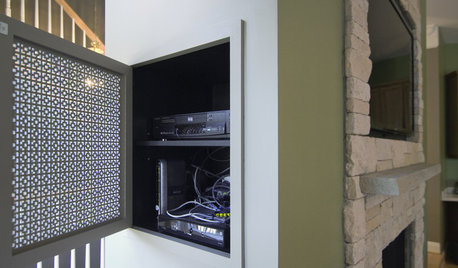
DECORATING GUIDESHow to Hide Your TV Cables
Make your TV room clutter-free by hiding your electronics in the wall
Full Story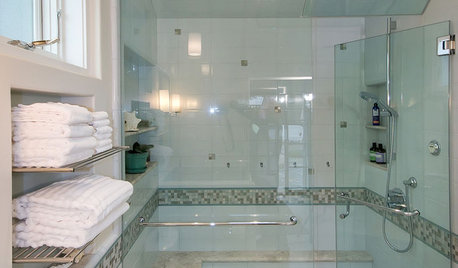
SHOWERSGet Steamy in the Shower for Spa Time at Home
Learn the components of a steam shower to plan a safe and sturdy installation and a soothing bath experience
Full Story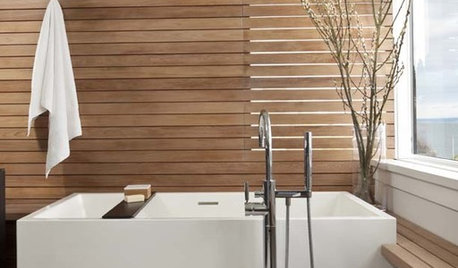
BATHROOM DESIGNBliss Out in Your Bath: 18 Ways to 'Spa Up' Your Bathroom
Can't get to the spa? Bring it to you. You can spend the saved money on new towels, candles and lavish lathers
Full Story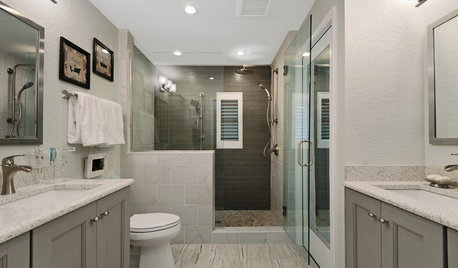
INSIDE HOUZZSee a Couple’s New Spa-Like Bathroom From Lowe’s and Houzz
The sweepstake winners’ master bathroom gets a makeover with a new shower, tile and storage space
Full Story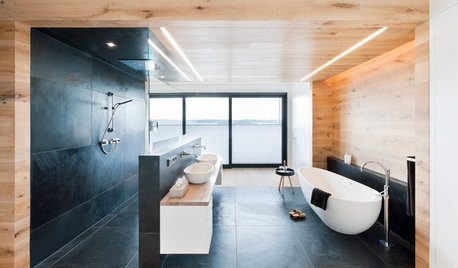
BATHROOM DESIGNDream Spaces: Spa-Worthy Showers to Refresh the Senses
In these fantasy baths, open designs let in natural light and views, and intriguing materials create drama
Full Story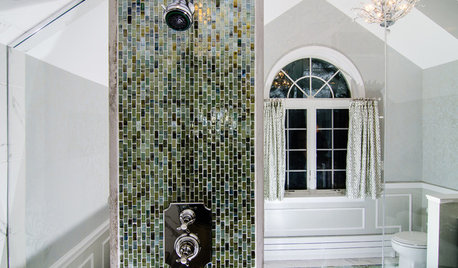
BEFORE AND AFTERSA Chilly Massachusetts Bathroom Gets the Hotel-Spa Treatment
Luxurious details including a steam shower and radiant-heat flooring create a relaxing private master bathroom for a couple
Full Story
HOUZZ TOURSMy Houzz: A Sherbet-Colored Kitchen and a Spa-Like Bath
Portland, Oregon, homeowners update their 1950s ranch to create their dream ‘glass house’
Full Story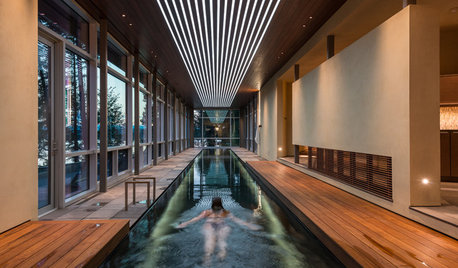
DREAM SPACESStep Inside a Luxurious Pool House and Spa
This Montana pool house takes inspiration from Japanese design and the beauty of its surroundings
Full Story
OUTBUILDINGSRoom of the Day: An Old Shed Becomes a Spa and Greenhouse
A garden-loving couple create the perfect place to have a soak and putter with their plants year-round
Full Story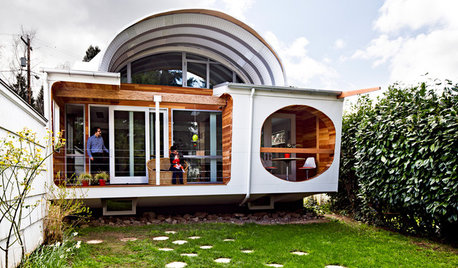
HOUZZ TOURSHouzz Tour: A 'Portlandia' Home Raises an Eyebrow
Cable TV came calling for this quirky home in Oregon, and it played its spaceship part to a T
Full Story







Ron Natalie